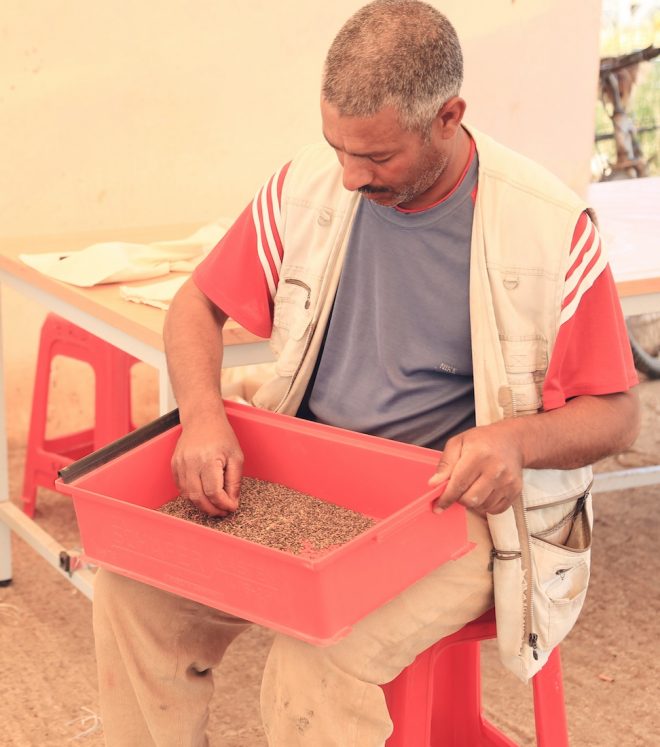Lentil (‘Lens culinaris’) is a legume that has been grown in the Mediterranean region since ancient times.
The centre of domestication and diversity is in the Fertile Crescent and West Asia, where it is still an important winter-sown crop. It has now spread globally, with production highest in Canada and in India, where consumption is largely domestic.

The genus Lens belongs to the Fabaceae family and includes the wild subspecies L. culinaris subsp. orientalis, the presumed progenitors L. culinaris subsp. tomentosus and L. culinaris subsp. odemensis, along with three other wild species. The taxonomy of Lens, however, remains in debate.
All species of lentil are self-pollinating annual diploids (2n=14). Two main groups of domesticated lentils are recognized on the basis of seed size: microsperma and macrosperma. The weight of 100 seeds ranges from 1.5 g for the smallest microsperma varieties to 8.0 g for large macrosperma types.
The lentil plant is a short (20–50 cm), bushy annual with weakly upright to semi-vining growth. It has a restricted root system and tends to lodge at maturity because of its weak stem. It has many soft, hairy branches with pinnately compound leaves and numerous oval leaflets.
Major lentil crop collections
The largest genebank collection is held by ICARDA. The Australian Grains Genebank also holds a large collections of Lens.